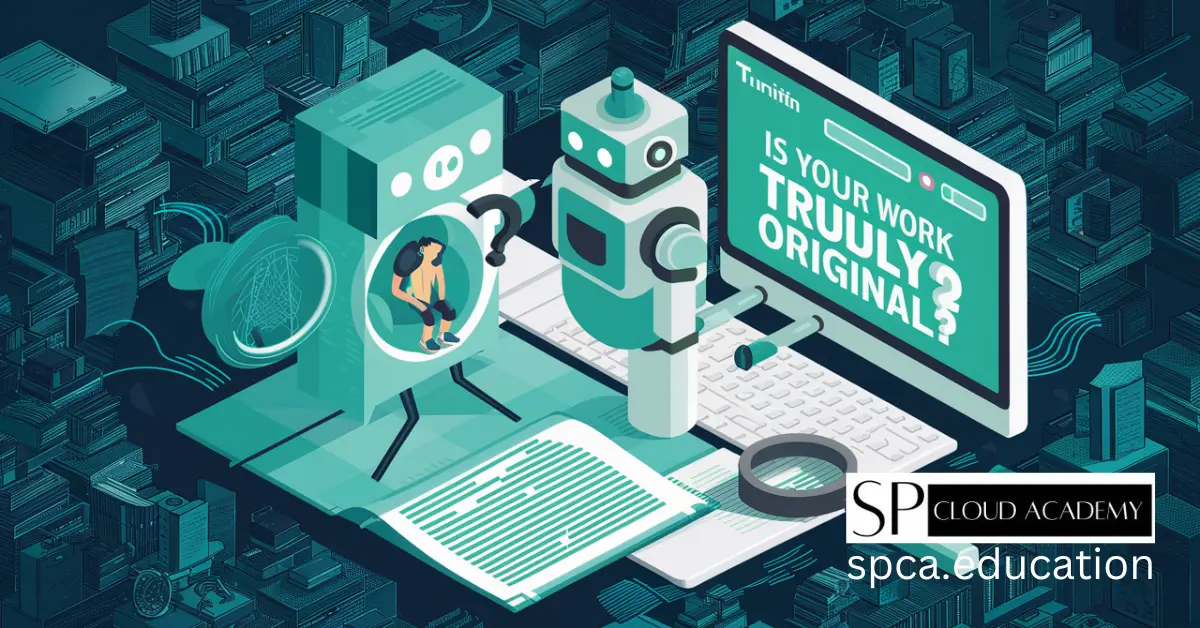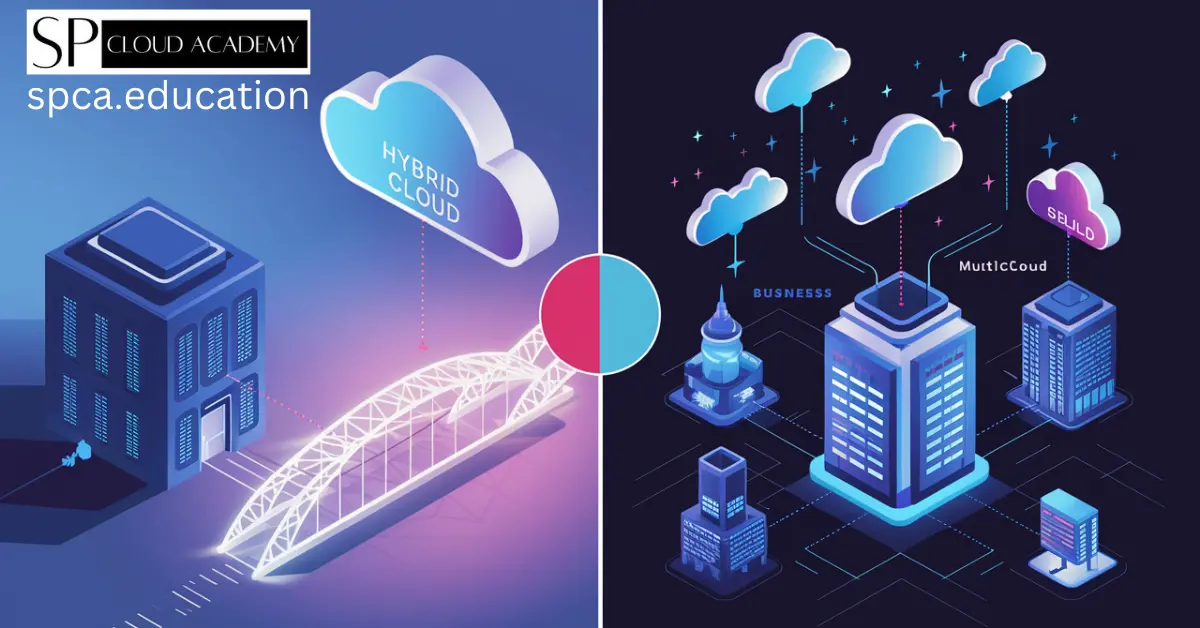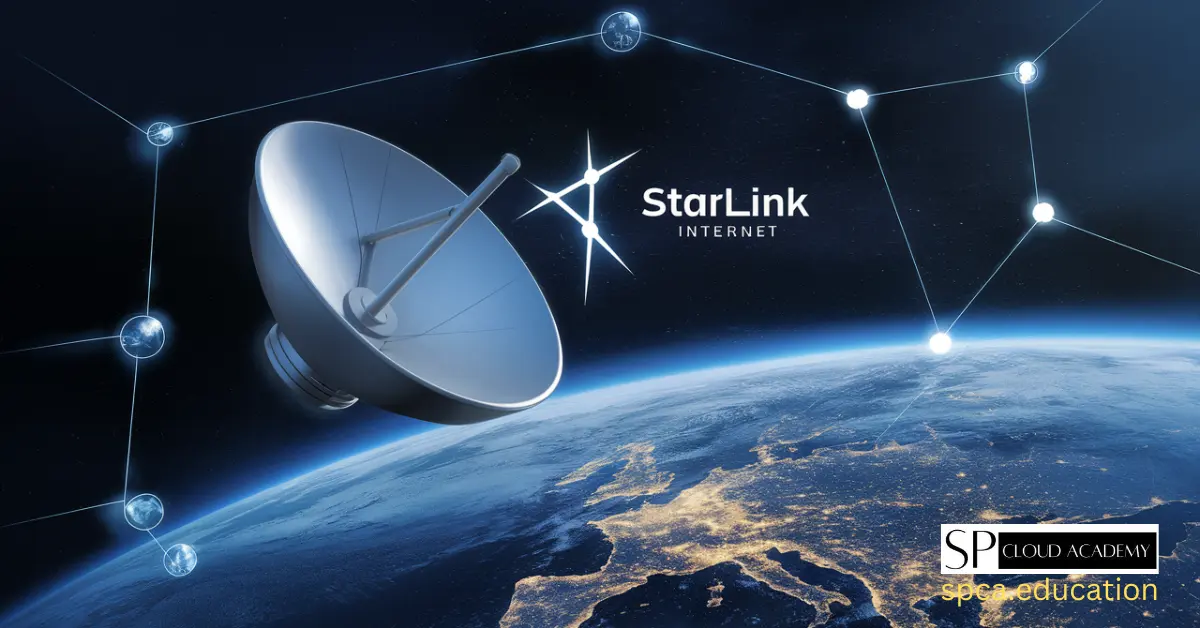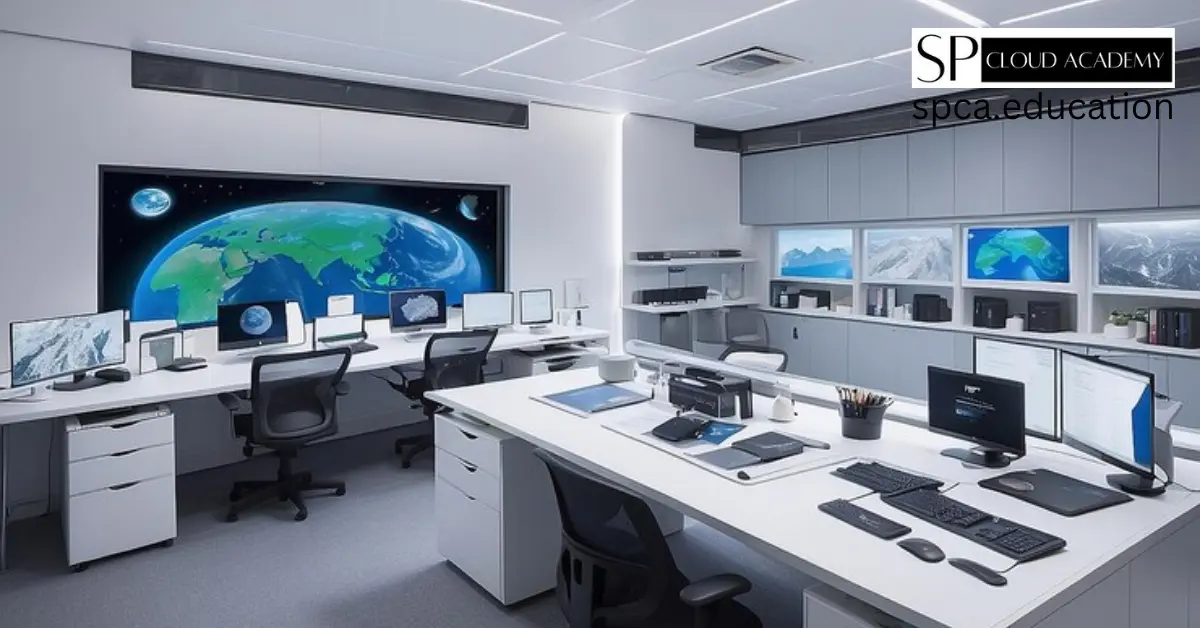1. Introduction
The landscape of engineering research and development is increasingly driven by advancements in Information and Communications Technology (ICT). Establishing a dedicated ICT center tailored for engineering R&D and training purposes is pivotal for institutions aiming to stay at the forefront of innovation. This guide delves into the comprehensive steps and strategic considerations necessary to build a state-of-the-art ICT center that not only supports but enhances research capabilities and educational outcomes.
2. Understanding the Concept of an ICT Center
An ICT center serves as a hub where advanced technologies converge to facilitate research, development, and training in engineering disciplines. It encompasses a wide array of hardware, software, and networking infrastructure designed to support high-performance computing, data-intensive applications, and collaborative learning environments.
3. Benefits of Establishing an ICT Center
The benefits of establishing an ICT center are multifaceted. It empowers researchers with the tools and resources needed to tackle complex engineering challenges, accelerates innovation cycles, fosters interdisciplinary collaboration, and prepares students with industry-relevant skills. Furthermore, it enhances institutional competitiveness on a global scale and attracts top talent and partnerships.
4. Key Components of an ICT Center
4.1 Infrastructure and Physical Space Requirements
Building an ICT center starts with identifying suitable physical space that accommodates current needs and allows for future expansion. The infrastructure must support heavy-duty equipment, cooling systems, and flexible layout configurations to adapt to evolving technological demands.
4.2 Networking and Connectivity Solutions
Robust networking infrastructure is essential for seamless data transmission and communication within the ICT center. This includes high-speed internet connectivity, LAN/WAN networks, fiber optics, and wireless access points strategically deployed to ensure coverage and reliability.
4.3 Hardware and Equipment Essentials
Investing in state-of-the-art hardware is crucial for the performance and efficiency of an ICT center. This includes servers, workstations, data storage arrays, specialized computing equipment (e.g., GPUs for computational tasks), and peripherals such as monitors and input devices tailored to engineering applications.
4.4 Software and Systems Integration
Integrating software systems that support engineering simulations, modeling, data analysis, and collaboration is vital. This may involve licensed software packages, custom-developed applications, and cloud-based solutions that enhance accessibility and scalability while ensuring compatibility across different platforms.
5. Designing the ICT Center Layout
The layout of an ICT center should prioritize ergonomic design principles to enhance user comfort and productivity. Considerations such as workstation placement, lighting, acoustics, and accessibility for individuals with disabilities (ADA compliance) should be meticulously planned to create a conducive working environment.
5.1 Ergonomic Considerations
Designing ergonomic workstations reduces the risk of repetitive strain injuries and improves overall productivity. Adjustable desks, ergonomic chairs, proper lighting, and monitor positioning contribute to a healthier and more efficient workspace.
5.2 Accessibility and ADA Compliance
Adhering to accessibility standards ensures inclusivity within the ICT center. This includes wheelchair-accessible pathways, height-adjustable workstations, Braille signage, and assistive technologies that accommodate individuals with disabilities, fostering an inclusive learning and working environment.
5.3 Security and Surveillance Measures
Implementing robust security measures is paramount to safeguard sensitive data, equipment, and intellectual property housed within the ICT center. Access control systems, surveillance cameras, biometric authentication, and encryption protocols mitigate security risks and ensure compliance with data protection regulations.
6. Technological Requirements for Engineering R&D
Engineering research and development necessitate specialized technological capabilities to conduct complex simulations, analyze large datasets, and innovate new solutions. The following components are essential for supporting R&D activities within an ICT center:
6.1 High-Performance Computing (HPC) Systems
HPC systems feature high-speed processors, ample RAM, and parallel computing architectures capable of handling computationally intensive tasks. These systems accelerate simulation times, optimize algorithm performance, and support advanced modeling techniques in fields such as computational fluid dynamics, structural analysis, and molecular dynamics.
6.2 Simulation and Modeling Tools
Advanced simulation and modeling software enable engineers to visualize, simulate, and optimize designs before physical prototyping. Finite element analysis (FEA), computational fluid dynamics (CFD), and electromagnetic simulation tools provide insights into product performance, durability, and efficiency, guiding iterative design improvements.
6.3 Data Storage and Management Solutions
Managing vast amounts of research data requires scalable and secure storage solutions. RAID arrays, cloud storage platforms, and data management systems with built-in redundancy ensure data integrity, accessibility, and compliance with regulatory requirements. Effective data management enhances collaboration, facilitates version control, and supports long-term archival of research datasets.
7. Training Facilities and Resources
An integral aspect of an ICT center is its capacity to support educational initiatives and skill development through hands-on training and immersive learning experiences. The following resources are essential for creating effective training environments:
7.1 Interactive Learning Environments
Interactive learning environments leverage multimedia content, interactive simulations, and virtual laboratories to engage students in practical learning experiences. Interactive whiteboards, digital projectors, and collaborative software platforms facilitate real-time collaboration and knowledge sharing among students and instructors.
7.2 Virtual Reality (VR) and Augmented Reality (AR) Labs
VR and AR labs provide immersive environments where students can visualize complex concepts, explore virtual prototypes, and simulate real-world scenarios. These technologies enhance spatial understanding, improve retention of theoretical concepts, and allow for hands-on experimentation in a controlled and safe setting.
7.3 Collaboration Tools and Platforms
Integrated collaboration tools promote teamwork and knowledge exchange among researchers, educators, and industry partners. Video conferencing software, shared document repositories, and project management platforms facilitate remote collaboration, enable real-time communication, and streamline workflow coordination across distributed teams.
8. Environmental Considerations
Designing an environmentally sustainable ICT center aligns with global efforts to reduce carbon footprint and optimize energy efficiency. Incorporating green building practices and energy-efficient technologies not only minimizes operational costs but also demonstrates institutional commitment to environmental stewardship. Key considerations include:
8.1 Energy Efficiency and Sustainability Features
Installing energy-efficient lighting, HVAC systems, and renewable energy sources (e.g., solar panels, geothermal heating) reduces overall energy consumption and lowers greenhouse gas emissions. Building automation systems (BAS) optimize energy usage by regulating temperature, lighting, and ventilation based on occupancy and environmental conditions.
8.2 Green Building Certifications
Seeking green building certifications such as LEED (Leadership in Energy and Environmental Design) validates the ICT center’s commitment to sustainable design and operation. Certification criteria encompass site selection, water efficiency, indoor environmental quality, and innovation in design to achieve measurable environmental benefits and enhance occupant comfort.
9. Funding and Budgeting
Establishing an ICT center involves significant financial investment, necessitating meticulous budgeting and strategic funding acquisition. Consider the following steps to effectively manage financial resources:
9.1 Cost Estimation and Financial Planning
Accurately estimating costs associated with infrastructure development, equipment procurement, software licensing, and ongoing maintenance is essential for budgetary planning. Conducting feasibility studies and engaging with industry experts or consultants can provide valuable insights into cost projections and potential budgetary constraints.
9.2 Securing Grants and Funding Opportunities
Exploring diverse funding sources such as government grants, private sponsorships, corporate partnerships, and philanthropic donations diversifies financial support for ICT center initiatives. Writing compelling grant proposals, demonstrating project feasibility, and aligning with funding priorities increase the likelihood of securing financial resources to support capital expenditures and operational expenses.
10. Project Management and Timeline
Effective project management ensures timely execution and successful implementation of ICT center initiatives. Adopting structured project management methodologies and tools facilitates coordination among stakeholders, manages project risks, and maintains alignment with strategic objectives. Key considerations include:
10.1 Creating a Project Roadmap
Developing a detailed project roadmap outlines key milestones, deliverables, and timelines for each phase of ICT center development. Establishing clear project goals, assigning responsibilities, and monitoring progress against predefined metrics promote accountability and facilitate informed decision-making throughout the project lifecycle.
10.2 Coordination with Stakeholders
Engaging stakeholders, including faculty members, researchers, students, administrative staff, and external partners, fosters collaborative input and ensures alignment with institutional goals. Regular communication, stakeholder consultations, and feedback mechanisms promote transparency, mitigate potential conflicts, and enhance overall project cohesion.
11. Legal and Regulatory Compliance
Navigating legal and regulatory requirements is imperative to ensure ICT center compliance with industry standards, building codes, intellectual property rights, and data protection regulations. Addressing legal considerations mitigates potential liabilities and safeguards institutional reputation. Key areas of focus include:
11.1 Building Codes and Permits
Adhering to local building codes, zoning regulations, and permit requirements facilitates lawful construction and occupancy of the ICT center. Consulting with regulatory authorities, obtaining necessary approvals, and incorporating safety measures uphold compliance with municipal, state, and federal regulations governing building construction and occupancy.
11.2 Intellectual Property Rights
Protecting intellectual property generated through research activities within the ICT center requires implementing robust intellectual property policies and agreements. Clarifying ownership rights, patent disclosures, licensing agreements, and confidentiality provisions preserves researchers’ intellectual contributions and facilitates commercialization opportunities while respecting academic integrity and collaborative partnerships.
12. Case Studies of Successful ICT Centers
Examining case studies of leading ICT centers worldwide provides valuable insights into best practices, innovative design approaches, and operational strategies that contribute to their success. Highlighting exemplary models and lessons learned informs decision-making, inspires innovation, and identifies opportunities for continuous improvement. Case study examples include:
12.1 Global Examples of Leading ICT Facilities
- Stanford Research Computing Center (SRCC), USA: Known for its advanced computing infrastructure supporting interdisciplinary research in fields ranging from bioinformatics to environmental science.
- CERN Data Center, Switzerland: Home to one of the world’s largest scientific computing grids supporting high-energy physics research and international collaboration.
12.2 Lessons Learned and Best Practices
- Collaborative Ecosystems: Establishing partnerships with industry, academia, and government fosters collaborative research initiatives and accelerates knowledge transfer.
- Adaptive Design: Flexible infrastructure design accommodates evolving technological advancements and research requirements, ensuring long-term operational efficiency and sustainability.
13. Future Trends in ICT Centers
Anticipating future trends and emerging technologies in ICT centers positions institutions to innovate proactively and maintain competitive advantage. Key trends shaping the future of ICT centers include:
13.1 Artificial Intelligence and Machine Learning Integration
Integrating AI and machine learning capabilities enhances data analytics, predictive modeling, and automation within ICT centers. Applications include optimizing resource allocation, enhancing cybersecurity measures, and advancing personalized learning experiences through adaptive algorithms.
13.2 Internet of Things (IoT) Applications
Deploying IoT technologies facilitates real-time data collection, sensor integration, and remote monitoring capabilities within ICT centers. IoT-enabled devices enhance operational efficiency, support predictive maintenance, and enable smart building management systems for energy conservation and environmental sustainability.
13.3 Predictive Analytics in Engineering R&D
Harnessing predictive analytics algorithms enables ICT centers to analyze vast datasets, identify patterns, and forecast outcomes in engineering R&D projects. Predictive models inform decision-making, mitigate project risks, and optimize resource allocation, accelerating innovation cycles and improving research outcomes.
14. Challenges and Considerations
Addressing challenges inherent to ICT center development and operation ensures resilience, sustainability, and long-term success. Key considerations include:
14.1 Addressing Technological Obsolescence
Managing technological obsolescence requires adopting a lifecycle management approach to upgrade infrastructure, refresh equipment, and integrate emerging technologies. Strategic planning, budget allocation, and technology assessments mitigate risks associated with rapid technological advancements and ensure continued operational relevance.
14.2 Recruiting and Retaining Skilled Personnel
Attracting and retaining qualified personnel with expertise in ICT, engineering, cybersecurity, and data science is essential for ICT center success. Developing talent pipelines, offering professional development opportunities, and fostering a collaborative and inclusive work environment promote staff retention, knowledge retention, and organizational continuity.
15. Conclusion
Building a state-of-the-art ICT center for engineering R&D and training requires strategic planning, interdisciplinary collaboration, and commitment to technological innovation. By integrating advanced infrastructure, fostering educational excellence, and embracing sustainable practices, institutions can establish ICT centers that drive research breakthroughs, empower future generations of engineers, and propel global competitiveness.
See also
Innovative ICT Centers: The Future of R&D in Engineering Education: https://spca.education/innovative-ict-centers-the-future-of-rd-in-engineering-education/
-

Is Your Work Truly Original? How Turnitin Detects Hidden Plagiarism
-

Google or Microsoft? Breaking Down the Ecosystem Battle for Your Daily Digital Life
-

Hybrid Cloud vs. Multicloud: What’s the Real Difference and Why It Matters
-

eSIM Revolution: Why SIM-Less Smartphones Are the Future of Mobile Tech
-

Is Starlink the Future of Global Connectivity? What You Need to Know Before Switching!

